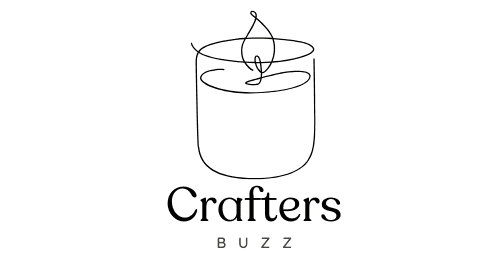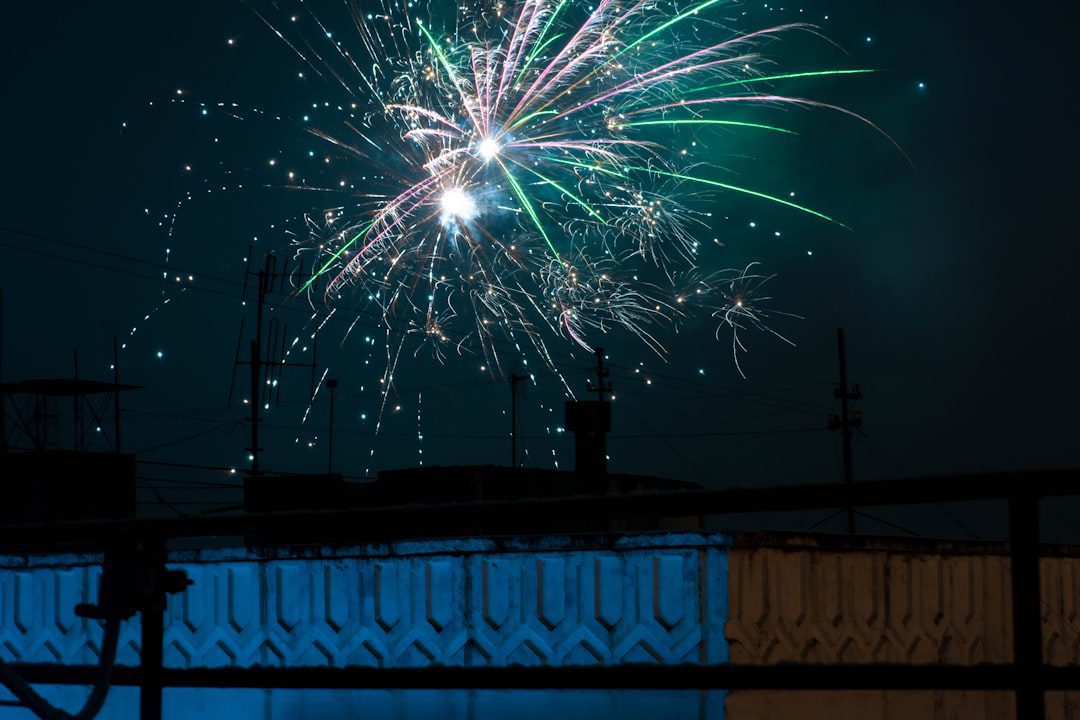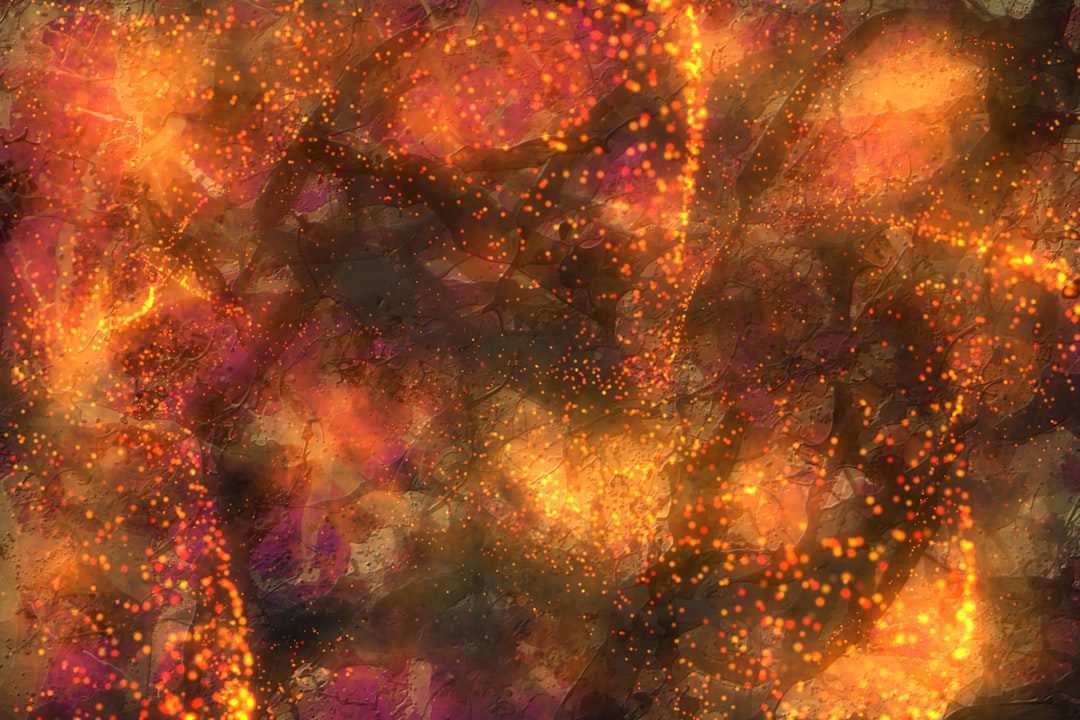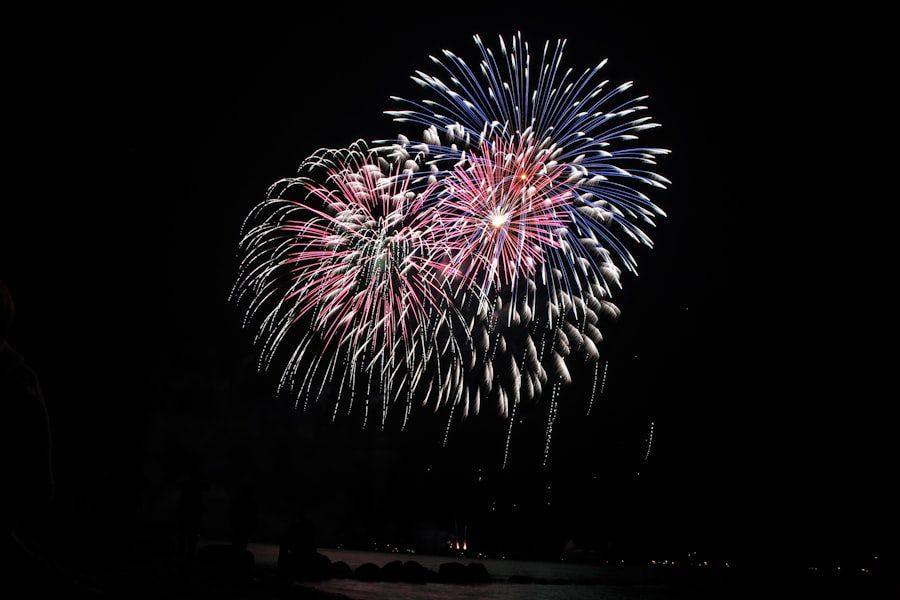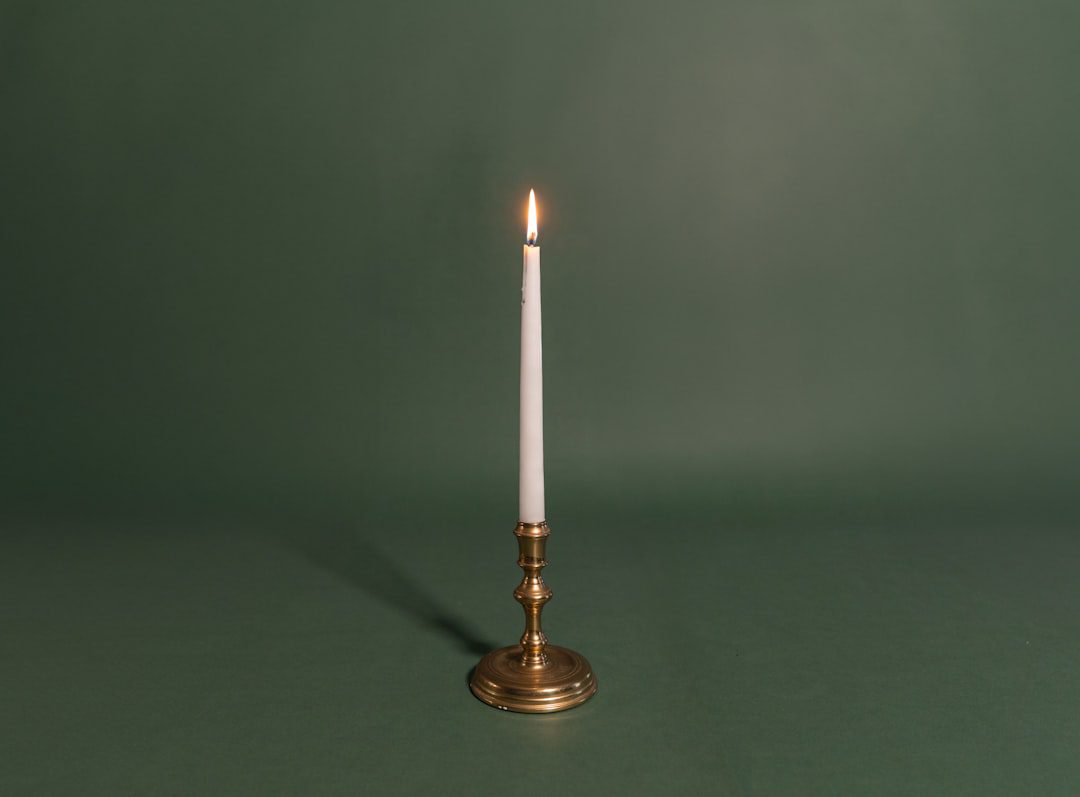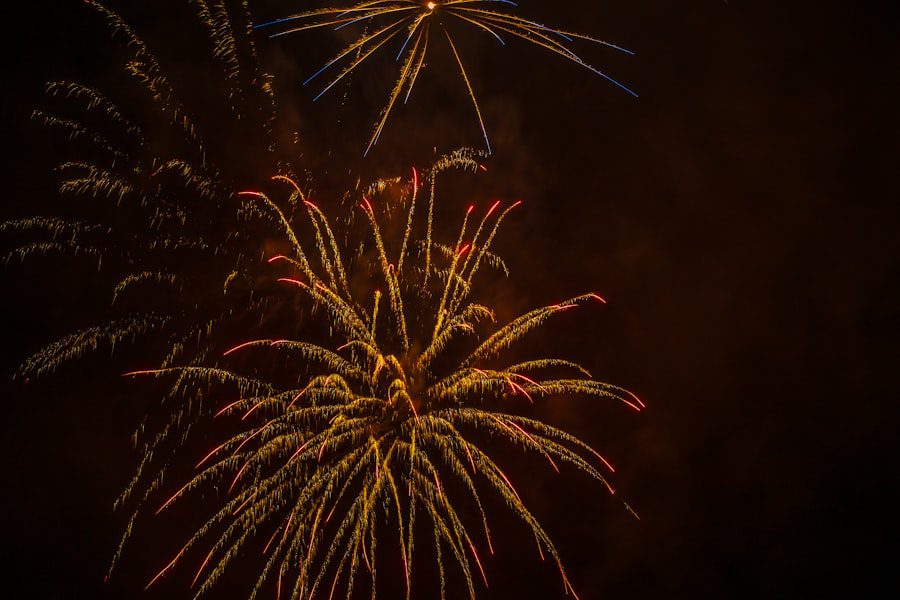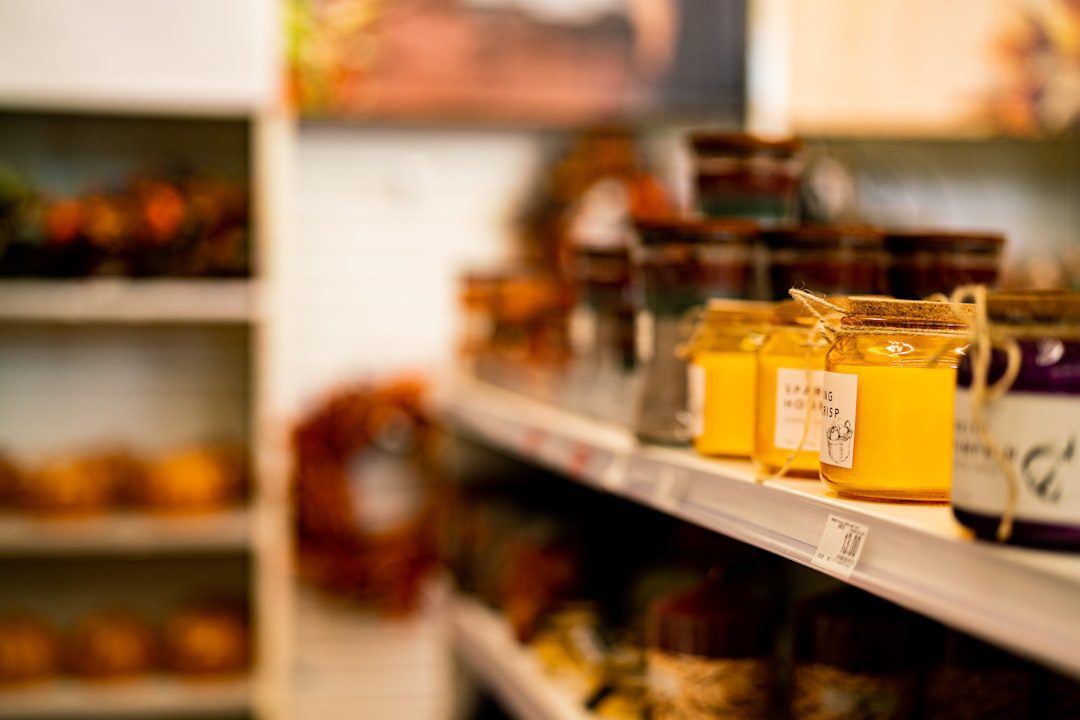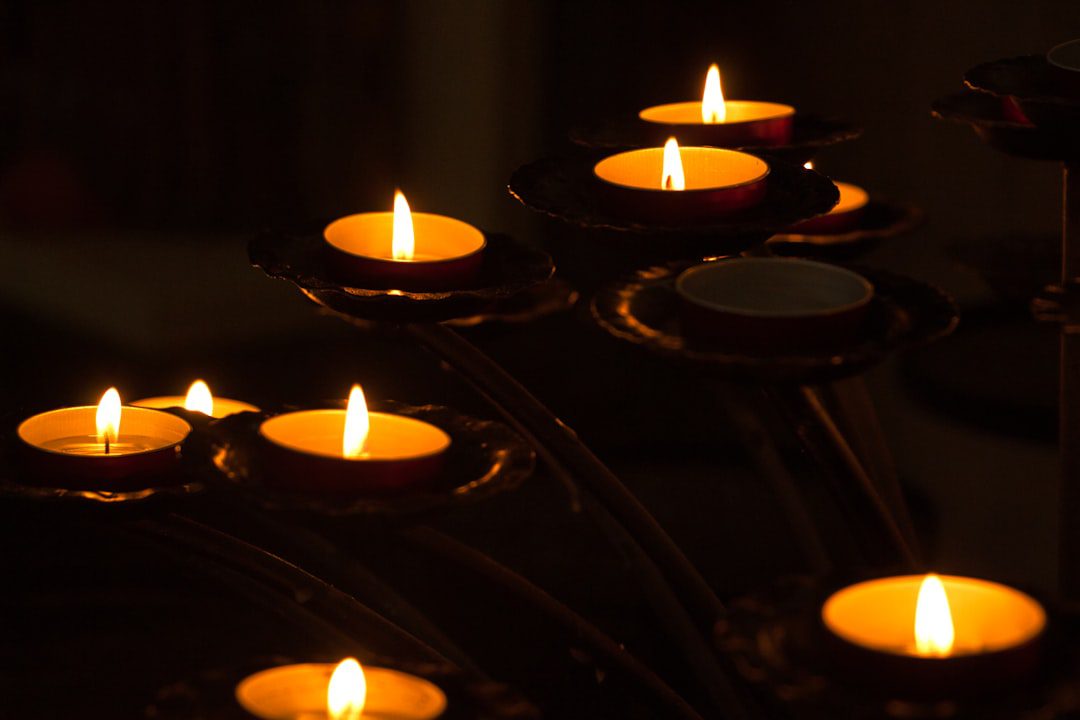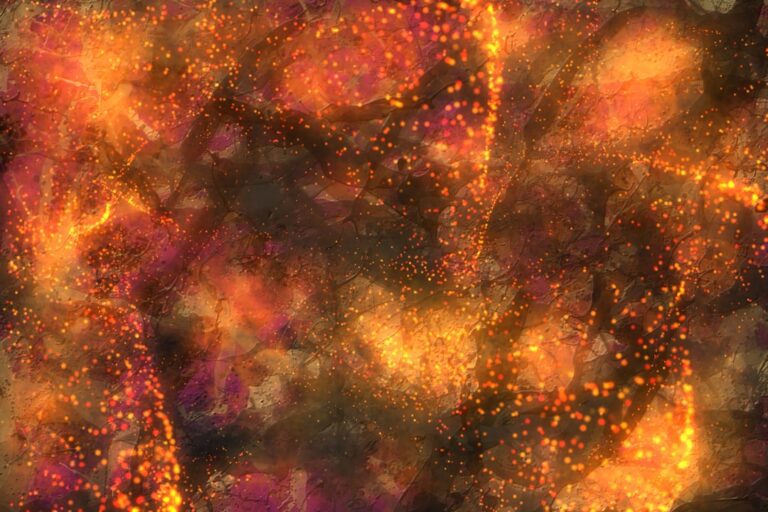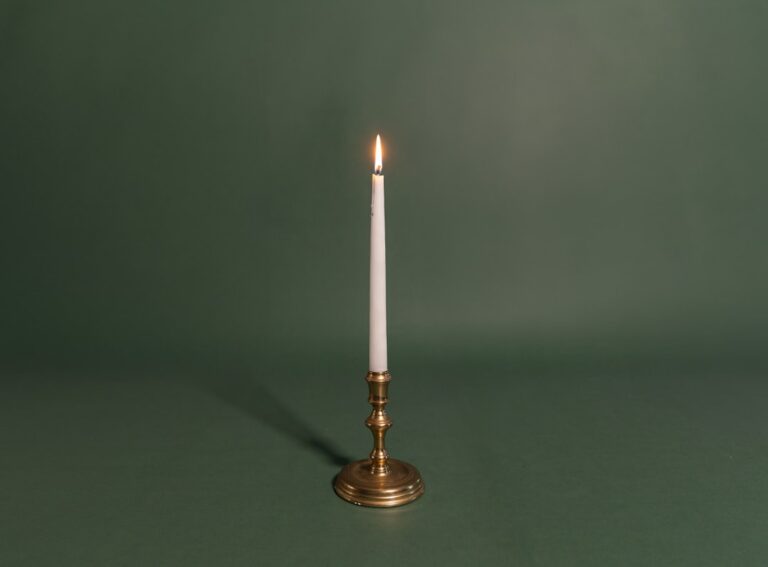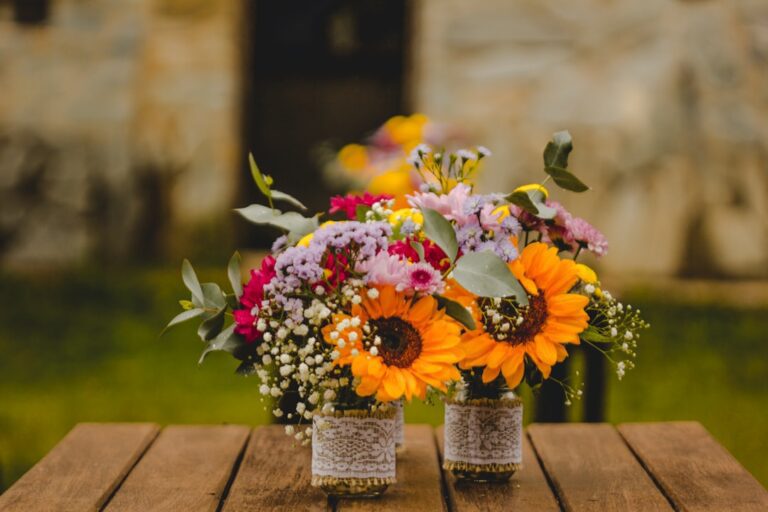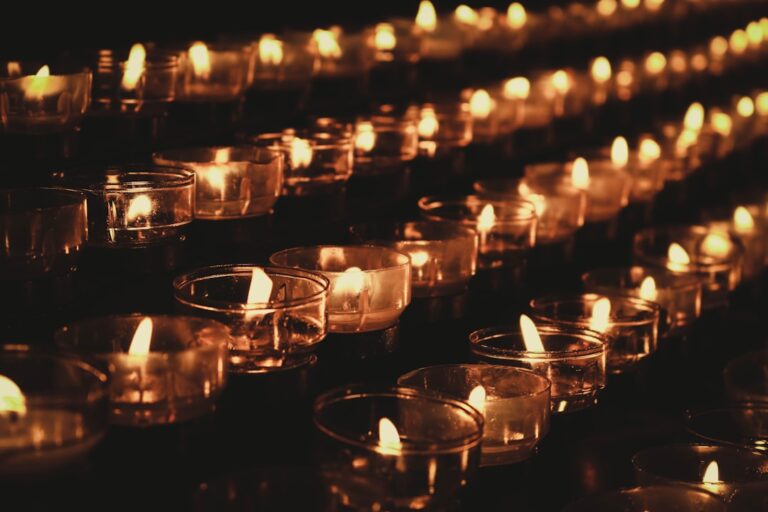The cultural and celebratory uses of rainbow candles.
Rainbow candles carry a rich tapestry of symbolism across various cultures, often representing diversity, hope, and unity. In many societies, the colors of the rainbow are associated with different emotions and meanings. For instance, in Western cultures, the vibrant hues of the rainbow are frequently linked to joy and positivity.
Each color can evoke specific feelings; red may symbolize passion, orange represents enthusiasm, yellow signifies happiness, green embodies growth, blue stands for tranquility, indigo reflects intuition, and violet is often associated with spirituality. This multifaceted symbolism allows rainbow candles to serve as powerful tools for expression and connection. In Eastern cultures, the symbolism of colors can differ significantly.
In some Asian traditions, colors are deeply intertwined with cultural beliefs and practices. For example, red is often seen as a color of good fortune and happiness in Chinese culture, while white may represent mourning. When rainbow candles are used in these contexts, they can bridge cultural divides by embodying a universal message of inclusivity and acceptance.
The act of lighting a rainbow candle can thus become a ritual that transcends individual cultural meanings, promoting a sense of shared humanity and collective hope.
Key Takeaways
- Rainbow candles symbolize diversity and unity in various cultures
- They are used in celebrations and festivals to represent joy, hope, and inclusivity
- Rainbow candles have a historical significance in cultural traditions, dating back centuries
- They hold spiritual and religious meanings, representing harmony and acceptance
- Modern uses of rainbow candles include art, decor, and LGBTQ+ celebrations, promoting equality and pride
How Rainbow Candles Are Used in Various Celebrations and Festivals
Rainbow candles find their place in a multitude of celebrations and festivals around the world, serving as symbols of joy and togetherness. One prominent example is Pride Month, where rainbow candles are lit to honor the LGBTQ+ community and celebrate diversity. During parades and gatherings, these candles illuminate the spirit of acceptance and love, creating an atmosphere of solidarity among participants.
The flickering flames of rainbow candles not only enhance the visual spectacle but also serve as a reminder of the struggles faced by the LGBTQ+ community throughout history. In addition to Pride celebrations, rainbow candles are often incorporated into various cultural festivals. For instance, during Diwali, the Hindu festival of lights, colorful candles are used to symbolize the victory of light over darkness.
While traditional diyas are more common, the inclusion of rainbow candles can add a modern twist to this ancient celebration. The vibrant colors resonate with the festival’s themes of joy and renewal, allowing individuals to express their unique identities while participating in a collective celebration of light and hope.
The Historical Significance of Rainbow Candles in Cultural Traditions
The historical significance of rainbow candles can be traced back to ancient practices where colors were imbued with meaning and purpose. In many indigenous cultures, the use of colored candles was often linked to spiritual rituals and ceremonies. For example, Native American tribes utilized colored candles in their healing practices, believing that each color corresponded to different energies and elements of nature.
The introduction of rainbow candles into these traditions can be seen as a way to honor ancestral practices while embracing contemporary interpretations of spirituality. Moreover, during the 20th century, the emergence of the LGBTQ+ rights movement brought renewed attention to the symbolism of rainbow colors. The rainbow flag, designed by Gilbert Baker in 1978, became an emblem of pride and resistance against oppression.
As this symbol gained prominence, rainbow candles began to be used in memorials and vigils for those lost to violence and discrimination. This historical context adds depth to the use of rainbow candles today, as they serve not only as decorative items but also as poignant reminders of resilience and the ongoing fight for equality.
The Spiritual and Religious Meaning of Rainbow Candles
In spiritual contexts, rainbow candles are often viewed as conduits for energy and intention. Many practitioners of various spiritual paths believe that lighting a candle can help focus one’s thoughts and prayers. The act of lighting a rainbow candle can symbolize a desire for balance and harmony in one’s life or community.
Each color can represent different aspects of existence; for instance, green may be used for healing intentions, while blue might be lit for peace and tranquility. This multifaceted approach allows individuals to tailor their rituals according to their personal needs or aspirations. In religious traditions, rainbow candles can also hold significant meaning.
For example, in some Christian practices, lighting a candle is a way to signify prayer or remembrance. Incorporating rainbow candles into these rituals can serve as a powerful reminder of God’s love for all people, regardless of their backgrounds or identities. Similarly, in Wiccan practices, colored candles are often used in spells and rituals to invoke specific energies or deities.
The inclusion of rainbow candles can enhance these practices by representing the interconnectedness of all beings and the beauty found in diversity.
Modern Uses of Rainbow Candles in Art and Decor
In contemporary society, rainbow candles have transcended their traditional roles to become popular elements in art and decor. Artists often utilize the vibrant colors of rainbow candles to create visually striking installations that evoke emotion and provoke thought. These installations can range from simple candle displays at community events to elaborate art pieces that explore themes of identity and belonging.
The interplay of light and color creates an atmosphere that invites reflection on societal issues such as acceptance and love. In home decor, rainbow candles have gained popularity as symbols of inclusivity and personal expression. Many individuals choose to incorporate these candles into their living spaces as a way to celebrate diversity within their homes.
Whether displayed on a dining table during gatherings or used as part of a personal altar, rainbow candles serve as reminders of the values that individuals hold dear. Their aesthetic appeal combined with their symbolic significance makes them versatile elements that can enhance any environment while promoting messages of unity.
The Role of Rainbow Candles in LGBTQ+ Celebrations and Events
Rainbow candles play a pivotal role in LGBTQ+ celebrations and events, serving as powerful symbols of pride and resilience. During Pride Month, communities around the world come together to celebrate love in all its forms, often incorporating rainbow candles into their festivities. These candles are lit during parades, vigils, and gatherings to honor those who have fought for LGBTQ+ rights while also celebrating the progress made over the years.
The act of lighting a candle becomes a communal experience that fosters connection among participants. Moreover, during memorial events for victims of hate crimes or discrimination, rainbow candles take on an even deeper significance. They serve as beacons of remembrance for those lost while also symbolizing hope for a future free from violence and prejudice.
The flickering flames represent not only individual lives but also the collective spirit of resilience within the LGBTQ+ community. By incorporating these candles into such events, organizers create spaces where healing can occur through shared grief and solidarity.
How to Incorporate Rainbow Candles into Your Own Celebrations and Rituals
Incorporating rainbow candles into personal celebrations and rituals can be a meaningful way to express individuality while fostering connection with others. One approach is to create themed gatherings where guests are encouraged to bring their own rainbow candles to light during the event. This communal act can symbolize unity among diverse backgrounds while allowing each person to contribute their unique energy to the space.
Whether it’s a birthday party or a celebration of friendship, lighting rainbow candles together can enhance the atmosphere with warmth and positivity. For personal rituals, individuals can use rainbow candles during meditation or reflection sessions. By selecting specific colors that resonate with their intentions—such as lighting green for healing or yellow for joy—individuals can create an environment conducive to self-discovery and growth.
Additionally, incorporating affirmations or prayers while lighting each candle can deepen the experience, allowing individuals to focus on their desires or aspirations while surrounded by vibrant energy.
The Global Impact of Rainbow Candles on Cultural Unity and Diversity
The global impact of rainbow candles extends beyond individual celebrations; they serve as powerful symbols promoting cultural unity and diversity on an international scale. As societies become increasingly interconnected through globalization, the use of rainbow colors has emerged as a universal language that transcends borders. Events such as International Day Against Homophobia, Transphobia, and Biphobia see people from various cultures lighting rainbow candles together in solidarity against discrimination.
This collective action fosters understanding among diverse groups while highlighting shared values such as love and acceptance. Furthermore, organizations advocating for social justice have adopted rainbow symbols—including candles—to promote inclusivity within their missions. By utilizing these symbols in campaigns or initiatives aimed at raising awareness about issues affecting marginalized communities, they create opportunities for dialogue across cultural divides.
The visibility provided by rainbow candles not only amplifies voices that have historically been silenced but also encourages individuals from different backgrounds to come together in support of one another’s rights and dignity. Through their rich symbolism and diverse applications across cultures, rainbow candles continue to illuminate paths toward understanding and acceptance in an ever-evolving world.
If you are interested in learning more about the history and craftsmanship of candles, check out this fascinating article on candle craftsmanship: a historical exploration. This article delves into the origins of candle making and the various techniques used throughout history. Additionally, if you are looking to expand your candle making skills, you may want to read this article on how to make ice candle holders for a unique and creative project idea.
FAQs
What are rainbow candles?
Rainbow candles are multicolored candles that feature a spectrum of colors, typically arranged in a gradient pattern from one end of the candle to the other.
What are the cultural uses of rainbow candles?
Rainbow candles are often used in cultural celebrations and ceremonies to symbolize diversity, inclusivity, and unity. They are commonly used in LGBTQ+ pride events and celebrations to represent the diversity of the community.
What are the celebratory uses of rainbow candles?
Rainbow candles are used in various celebratory events such as birthdays, weddings, and other special occasions to add a colorful and festive touch to the decorations. They are also used in themed parties and events to create a vibrant and joyful atmosphere.
Are there any specific cultural or religious traditions associated with rainbow candles?
While rainbow candles are often used in LGBTQ+ pride events and celebrations, there are no specific religious or cultural traditions associated with rainbow candles. They are generally used to symbolize diversity, inclusivity, and celebration.
